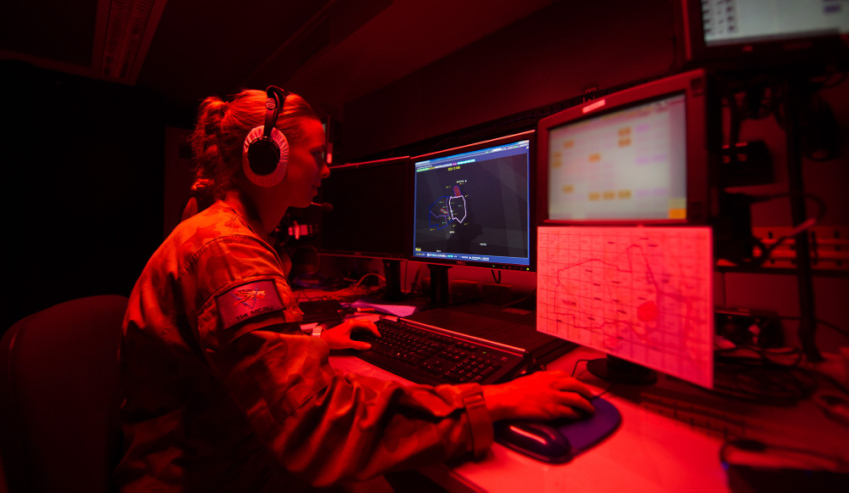Defence will invest millions into bolstering its intelligence, surveillance, reconnaissance and electronic warfare capabilities over the next year.
To continue reading the rest of this article, please log in.
Create free account to get unlimited news articles and more!
Defence Industry Minister Christopher Pyne has announced the government’s investment priorities for the Defence Innovation Hub for the coming year.
In the 2017-18 financial year, the Defence Innovation Hub will seek proposals aligned with the six capability streams identified in the Defence Integrated Investment Program:
- intelligence, surveillance, reconnaissance, electronic warfare, space and cyber (ISREW);
- key enablers;
- air and sea lift;
- maritime and anti-submarine warfare;
- strike and air combat; and
- land combat and amphibious warfare.
"The Defence Innovation Hub was established as a robust program to facilitate and explore the development of leading-edge technology and ideas in support of Defence capability," Minister Pyne said.
"Research and development (R&D) fuels innovation, so understanding our investment priorities up front will allow industry and research organisations to plan their R&D investments accordingly."
Within these six capability streams, the top three priorities for investment in the 2017-18 financial year in priority order are:
Priority 1: Intelligence, surveillance, reconnaissance, electronic warfare, space and cyber
These capabilities are critical to maintaining the Australian Defence Force’s decision-making superiority and ability to conduct operations safely and effectively.
In 2017-18, there will be an increased focus on ISREW enabling joint decision support, cyber and joint capability edge.
Priority 2: Key enablers
Key enabling capabilities include critical infrastructure (such as bases, training ranges, ports and airfields), information and communications technology, logistics, science and technology, health services, and future energy resilience (including national and Defence fuel management).
Defence is seeking innovative proposals for new technologies, improved methods or practices, and better ways of integrating systems to strengthen these enabling capabilities.
In 2017-18, key enablers adds a focus on autonomous identification technologies.
Priority 3: Land combat and amphibious warfare
Land forces require the mobility, firepower, protection and situational awareness capabilities to deploy quickly, achieve their objectives and return home safely. Defence is seeking innovative submissions for leading-edge equipment to bolster land forces in these capability areas, including amphibious warfare.
In 2017-18, land combat and amphibious warfare will add an increased focus on special operations capabilities.
So far, 11 contracts have been awarded under the Defence Innovation Hub across two tranches of investment.

 Login
Login







